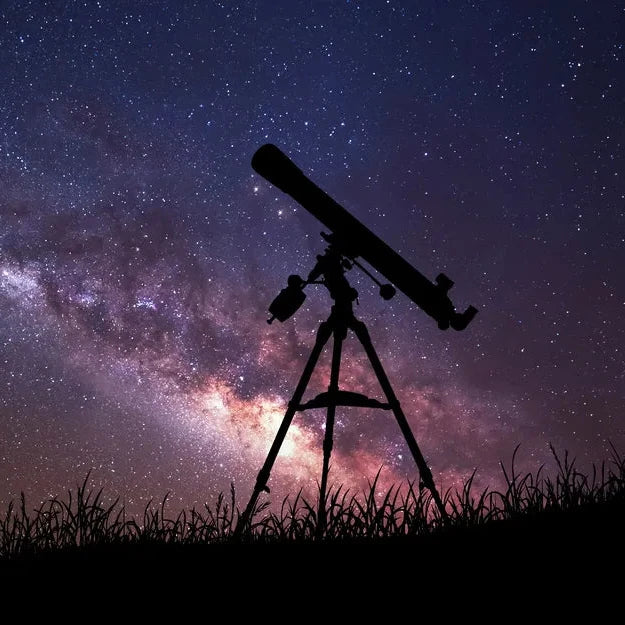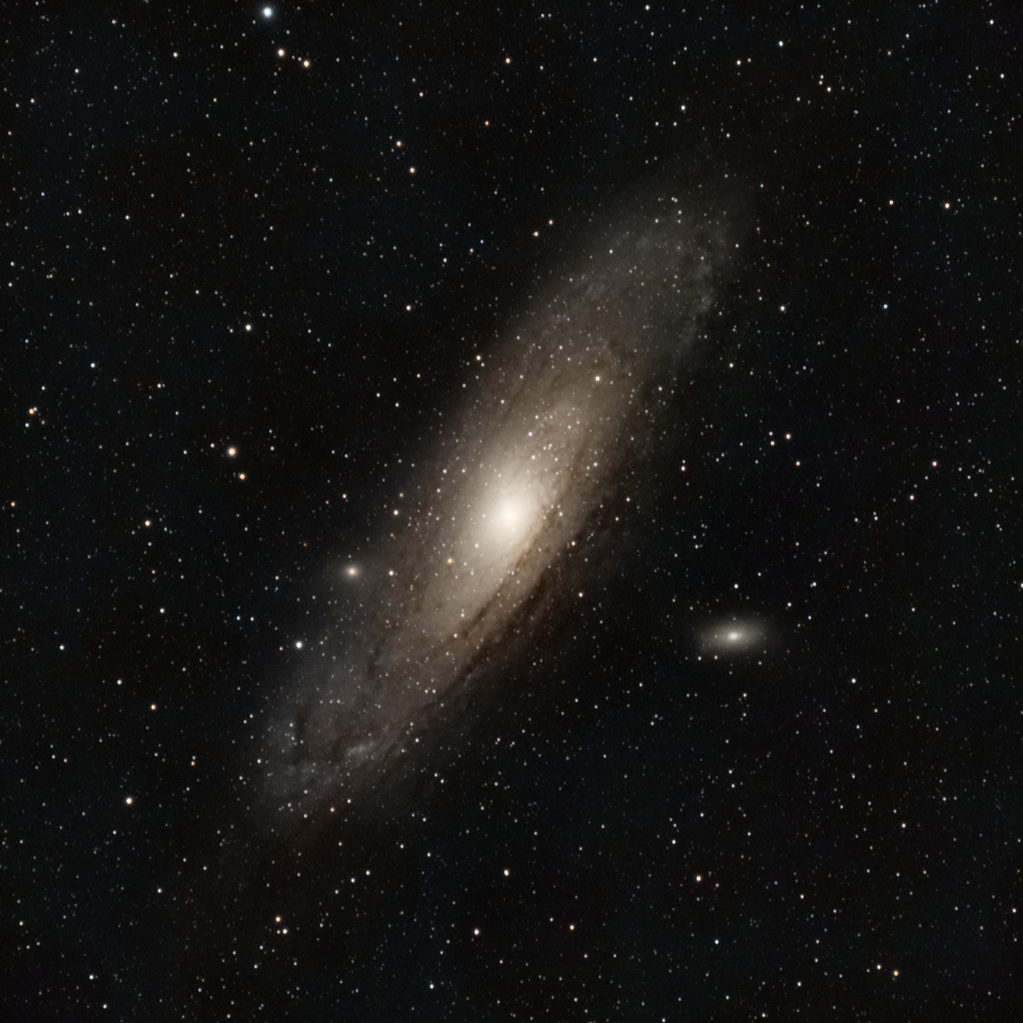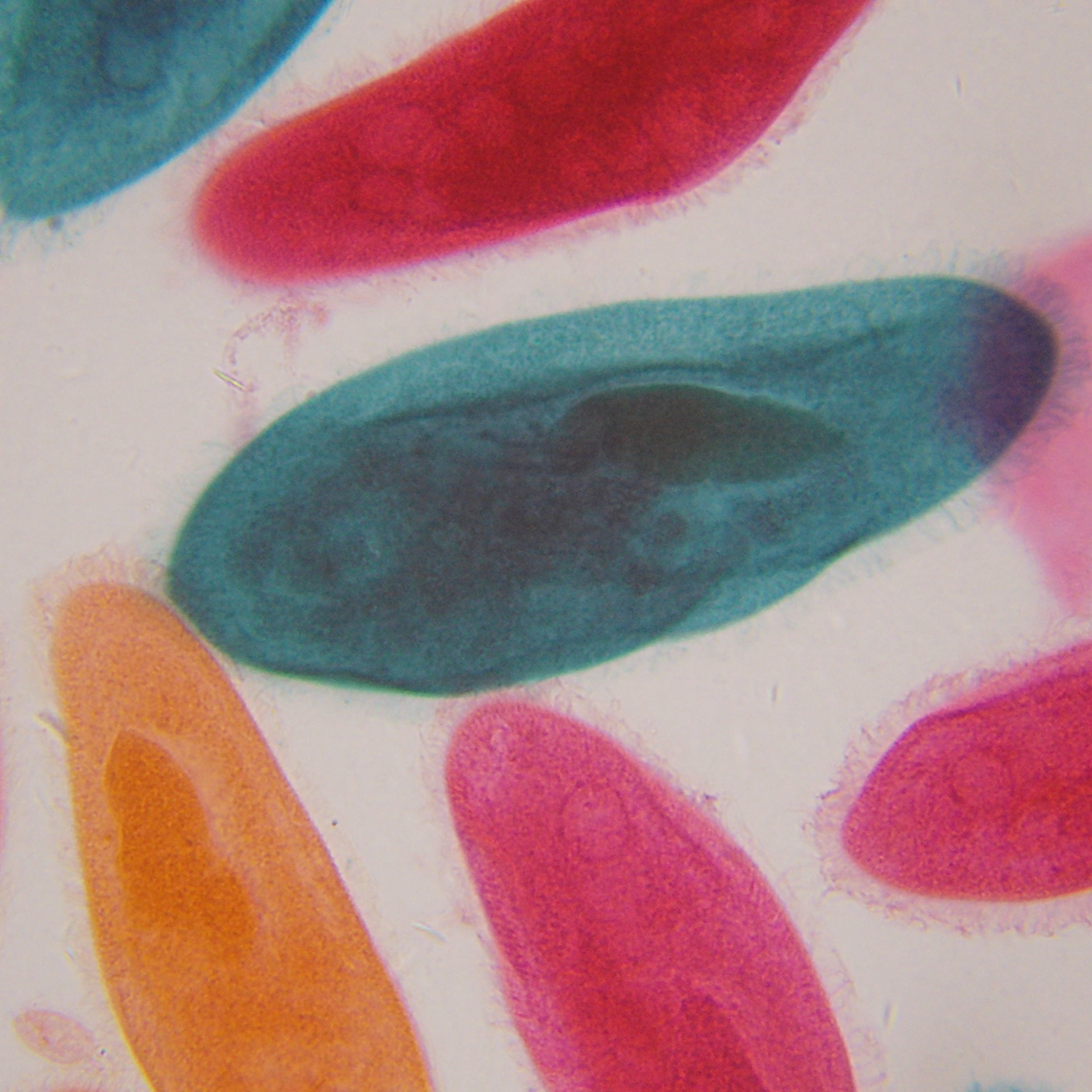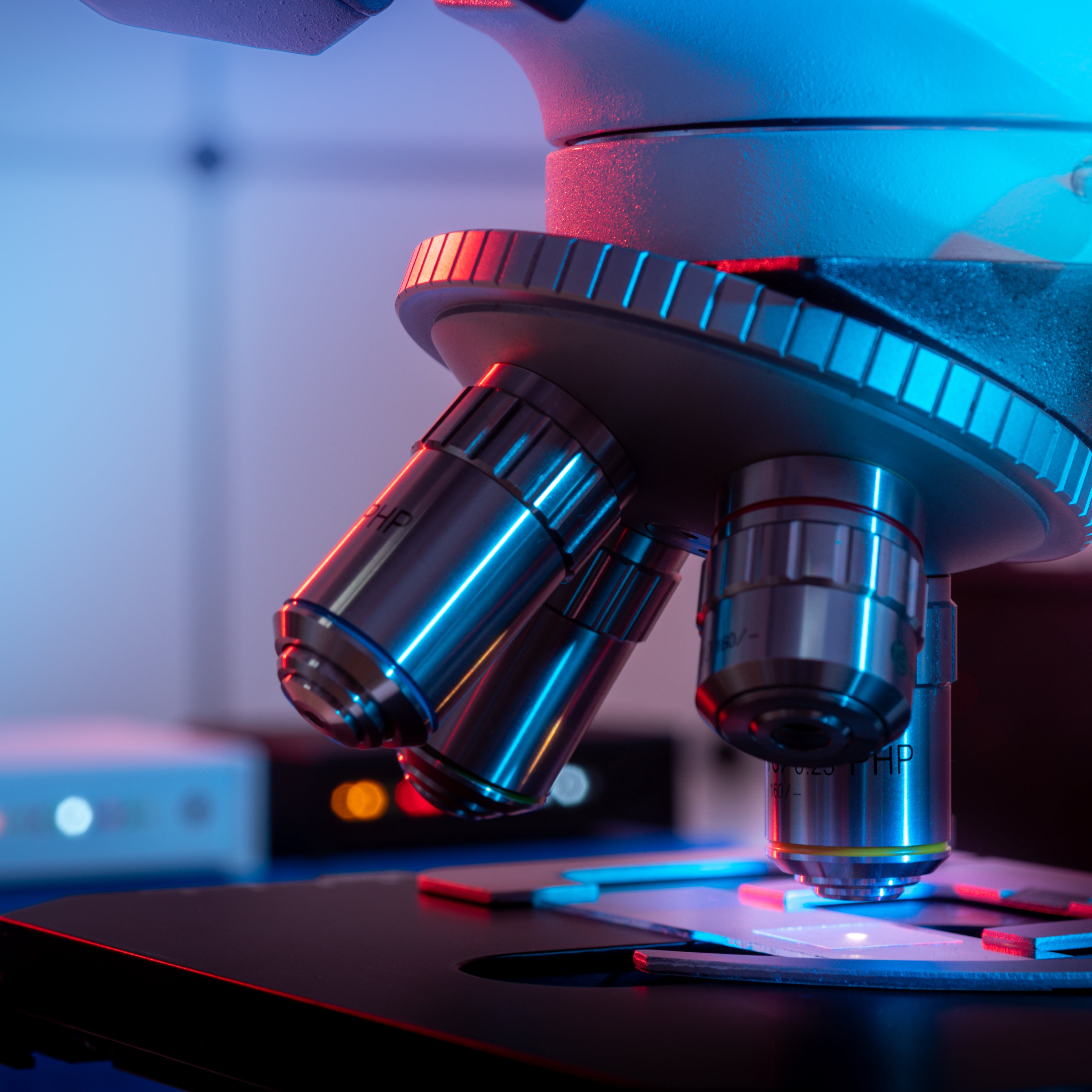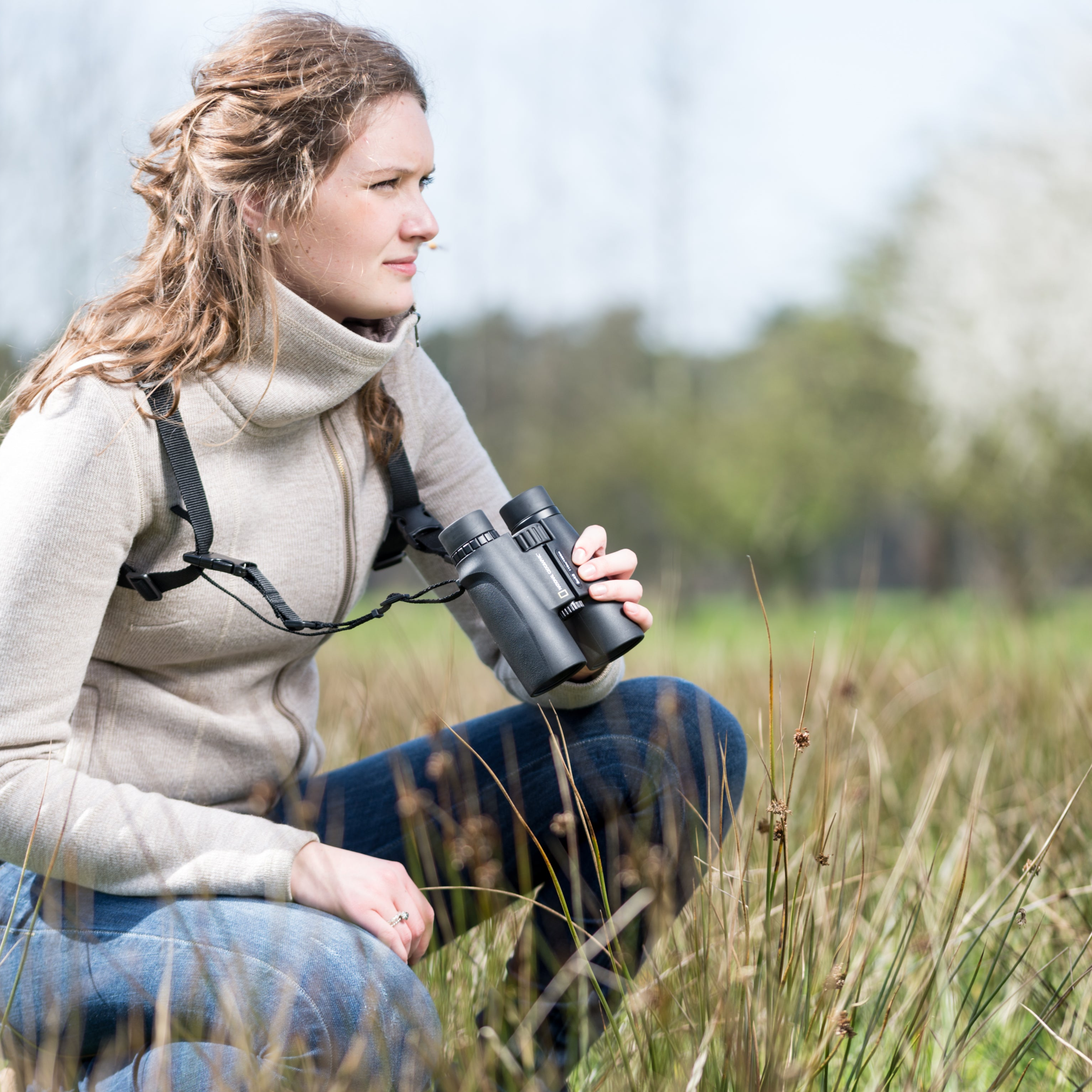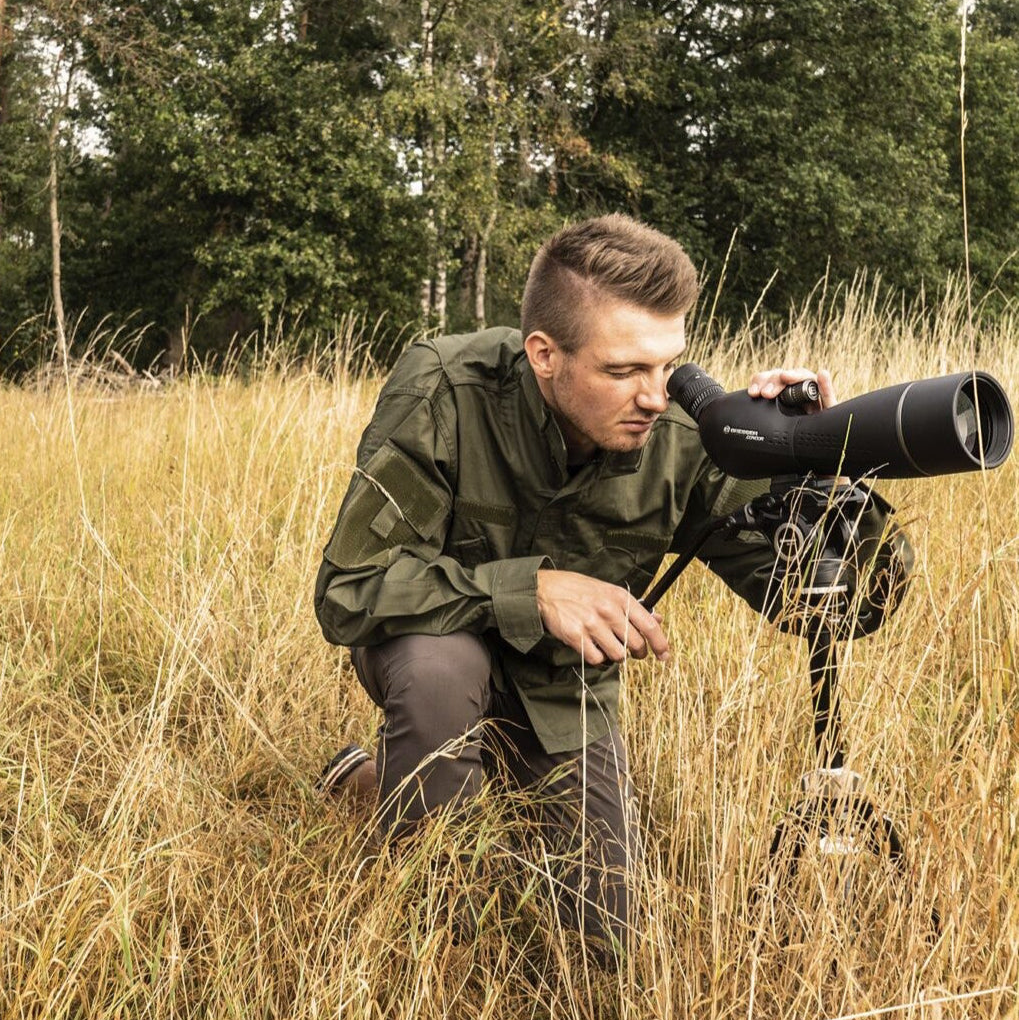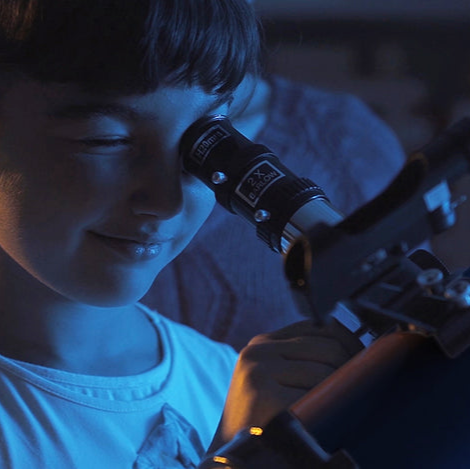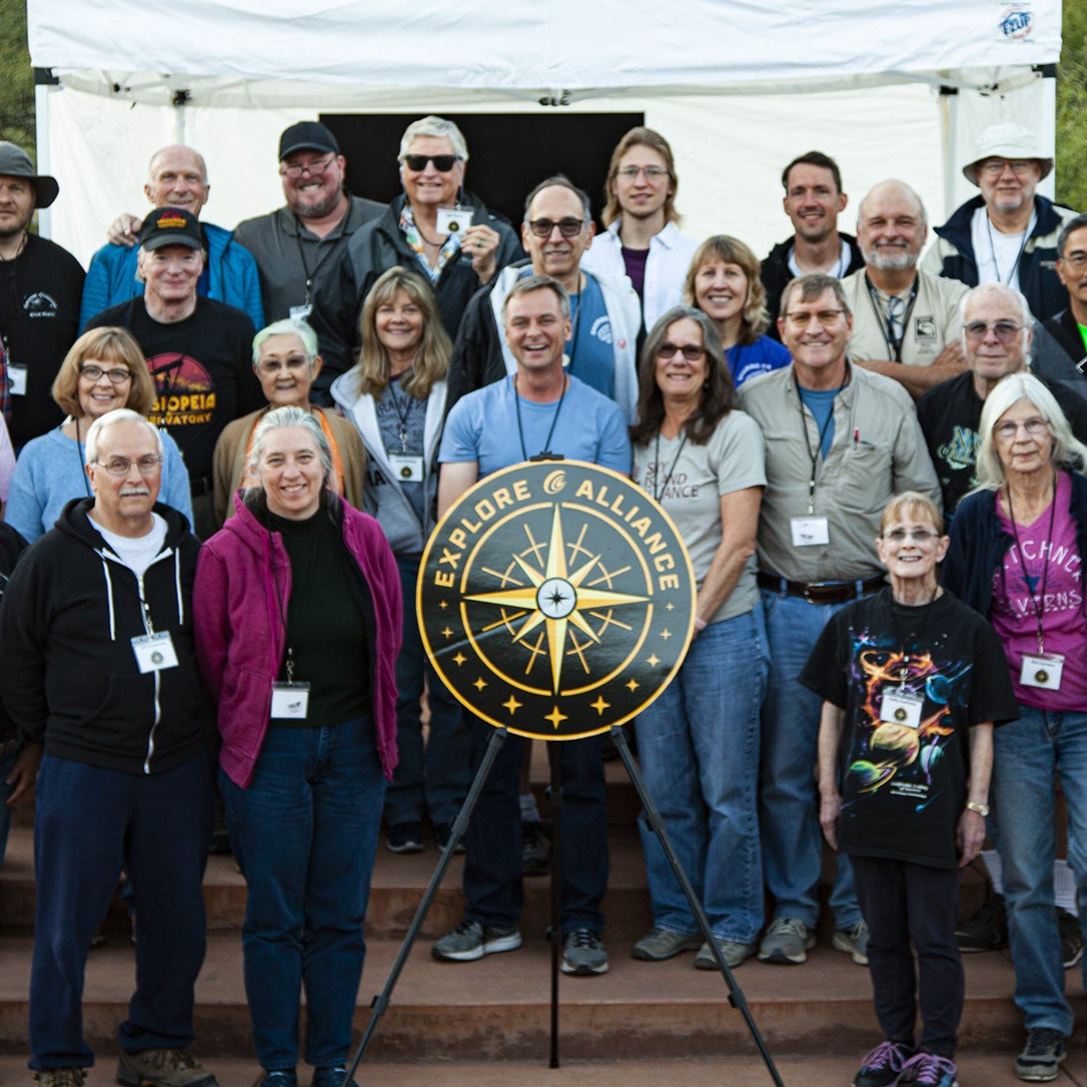We're at the Explorer scientific customer service and training center and we're going to learn how to choose and use eyepieces. Modern design of telescope eyepieces have revolutionized visual astronomy with breakthroughs and computer optimization and new optical glasses. Today's top eyepiece manufacturers design high performance eyepieces with superior edge performance with a wide range of apparent fields and long eye relief so how do you choose? Today there are many premium quality eyepieces to choose from for your telescopes but with so many focal lengths in a variety of apparent fields of view how do you choose what's best and what fits you best for your specific telescope? Here are the eyepiece selection considerations we're going to find out the lowest useful magnification of your telescope, the highest useful magnification, how to choose eyepieces between lowest and highest useful magnification that will give you the medium steps and power with your telescope selecting a set of eyepieces that have the apparent fields of view that you desire that will produce the true fields of view that you typically require for the objects that you observe and then you need to consider a set of eyepieces that have enough eye relief so that you can have the eye comfort that you require this is how telescope works aperture focal length F ratio the telescope focal length divided by the telescope aperture equals F ratio from here we can determine magnification and true fields of view so let's discuss focal length all telescopes and eyepieces have optics polish to focus at a certain distance this distance between the lens and the focused image usually measured in millimeters is called focal length a longer focal length lens produces a narrower field of view and a shorter focal length lens produces a wider field of view so how does magnification work the focused image from the telescope lens is being magnified by the eyepiece in this case the telescope focal length is about 160 millimeters and the eyepiece is only 20 millimeters producing eight times magnification this is how we calculate
magnification what you do is you take the telescope focal length usually a millimeters divided by the eyepiece focal length also in millimeters and that will be equal magnification or you can take the telescope aperture and millimeters and divide it by the exit pupil of millimeters and that will also equal the magnification now we'll discuss exit pupil every telescope and eyepiece combination will produce an exit pupil it's the focus beam of light
where the image is viewed the diameter of the exit pupil changes with magnification lower magnifications produce a larger exit pupil giving a brighter image higher magnifications
produce a smaller exit people with less image brightness this is the formula for calculating exit pupil you take the eyepiece focal length in millimeters and you divided by the telescope f ratio and that will give you the exit pupil number or you can take the telescope aperture in millimeters and divide it by magnification and this will also give you the exit pupil number both of these numbers will end up being in millimeters observing faint objects telescopes are like gathering devices capable of focusing images of objects at incredible distances under dark skies and the right telescope and eyepiece combination it's possible to visually observe faint galaxies that are many millions of light-years away of course with more light to your eye you can see the faintest details of every object you look at but to see the faintest details you need to be comfortable and observe at the lowest useful magnification
in order to see the famous in the most distant celestial objects possible through your telescope you need to find the eyepiece focal length that will produce an exit pupil that will closely match the entrance pupil of your fully dilated eye when dark adapted for young
people it's not unusual for pupils to dilate to seven millimeters or more older people may have pupils that can only dilate to five millimeters so visit your eye doctor to have your fully
dilated pupils accurately measured with this information you can choose the
perfect lowest power eyepiece now for determining lowest useful magnification power try to determine which eyepiece on your telescope will produce an exit people that comes closest to matching your fully dilated eye if you select an eyepiece that produces a larger exit
pupil than what your eye can dilate to then you're not able to experience the full brightness of the focused image it's important to calculate the eyepiece focal length for Lois useful
magnification here's a useful formula for calculating the eyepiece focal length for a lowest useful magnification what you do is you take the telescope aperture in millimeters and you divided by the fully dilated eye in millimeters that will give you lowest useful magnification then take the telescope focal length in millimeters and divided by the lowest useful magnification number that'll tell you which eyepiece focal if you need another typical way to
find lowest useful magnification is to use the rule of thumb a three and a half power per inch of aperture with 102 millimeter lens a four inch aperture telescope the lowest useful magnification is 14 times but what about high-power observing telescopes are also detailed resolving devices capable of focusing highly detailed images of objects under steady skies called good or perfect seeing conditions and the right telescope and eyepiece it's possible to visually observe incredibly fine features of bright objects like the planets and the moon
but there's a limit to how much magnification you can use and that limitation will be based on the atmospheric seeing conditions and the telescope's aperture having several eyepiece focal lengths from lowest useful magnification the highest useful magnification will maximize your observing potential atmospheric seeing and the Pickering scale the atmosphere can be
very turbulent called bad seeing two perfectly calm called perfect seeing turbulence in the air causes stars a scintillator twinkle viewing conditions with bad seeing one two four and the Pickering scale distort images of stars planets and even the moon this distortion looks much worse with larger aperture and higher magnification viewing conditions with good – perfect seeing which it would be 7 to 10 on the Pickering scale allows telescopes to be
used at higher magnifications which will reveal fine details on every object you observe the Pickering scale shows one is the worst seen with five arc seconds are more star blur at the sharpest focus and 10 is perfect with 0.5 arc seconds or less average nights of seeing would range from 5 to 7 on the Pickering scale to determine highest useful magnification on any given telescope determine the telescope's aperture in millimeters and multiply that number by 3 with this 102 millimeters refractor the result is 306 power so how do you calculate the eyepiece focal length for highest useful magnification so this formulas for calculating the eyepiece focal length for the highest useful magnification what you do is you take the telescope aperture and millimeters multiply by 3 and that will give you the highest useful magnification number or a more conservative number can be brought about by taking the telescope aperture and inches multiplying it by 60 or if you're seeing conditions are not that great maybe by 50 and that would give you the new highest useful magnification number then you take the telescope focal length the millimeters and you divide by a highest useful magnification number that will give you the eyepiece focal length that you need to get
what's aperture masking and how can it improve your high-power observing during times a porta bad seeing images of the moon planets and double stars observed at higher power can be improved by reducing the entrance aperture of your telescope mass can be made from various sizes from cardboard with less aperture there is less resolving power but images will look sharper now that you understand lowest useful magnification and highest useful magnification you need to calculate the medium steps empowered so that you can get the best observing potential possible many astronomers own several eyepieces that
range from lowest to highest power for their telescope medium power eyepieces
are also selected by magnification a parent field of view and eye relief many
astronomers begin their observations at low or lowest power and then gradually increase power until the object is best seen what our eyepiece multipliers increasing magnification of your lower power eyepieces can also be done by adding focal extenders or a Barlow lens
to your eyepieces the advantage is that these devices can increase the magnification of all your eyepieces but the eye relief will remain unaffected this is especially useful if you need long eye relief of your long focal length eyepiece but you want more magnification many people want to know what's the difference between a parent field of view and true field of view true field of view is the actual degrees of sky coverage that you're looking at the chunk of sky that you see but a parent field of view is the angle of degrees from your eye to the edge of the field stop in the eyepiece when you're looking through an eyepiece that has wider apparent field of view you not only get more true field of view but you get this effect that you're seeing through a wide picture window more apparent field of view gives you
more true field of view the Orion Nebula m42 is 60 arc minutes by 66 arc minutes an angular size or twice the size of the full moon in the sky this is in 42 with the telescope of 714 millimeters with focal length and a 68 degree 20 millimeter eyepiece this gives you 35
point 7 power and it will also produce a 1.9 degree true field of view then in this other image we've got M 42 with a telescope of the same focal length 714 millimeters and the same focal length of eyepiece of 20 millimeters so we're getting the same magnification of 35.7 power but with a hundred degree apparent field of view we're getting two point eight degrees true field of view you actually see more area around the object but at the same magnification so how do you calculate true field of view you take the eyepiece apparent field of view and you divide it by magnification and that will equal true field of view and degrees or another way of doing this is take the eyepiece field stop you can get that from the manufacturer you divided by the telescope focal length in millimeters and you multiply it by 57 point three and that will also give you the true field of view number and degrees you have to relax to see more and this is the importance of eye relief eye relief is the distance from the last surface of an eyepiece of which the observers eye can see the full viewing angle if the observers eye is outside of this distance then the observer will not see the full viewing angle long eye really five pieces give more eye comfort and if long enough 18 millimeters or more will allow observers to wear glasses when observing that's usually needed for someone that has astigmatism in their eyes generally speaking short focal length higher-power eyepieces have less eye relief than long focal length lower-power eyepieces eye relief distance information is provided by the manufacturer you'll love to observe deep sky objects but what about light pollution just because you're not into the best dark sky sight doesn't mean that you can't still observe some bright galaxies star clusters in nebula improving your skills an astronomer has a lot to do with how often you observe even if that means you do most of your observing near city lights to improve the view of deep sky
objects under light polluted skies you can use moderate increases in magnification which will make the background sky look darker there are also special filters that you can use with your eyepieces that can increase contrast to judge the quality of your site you can use the bordel scale you can have the darkest skies possible but also not seem very many stars and that has to do with atmospheric transparency the bordel scale is a 9 level numeric
scale that measures the night skies brightness of a particular location it quantifies the astronomical observability of celestial objects and the interference caused by light
pollution class 9 on the bordel scale is the most light polluted sky where you can barely see any stars in the sky at all when you go all the way down to class 1 you're now under perfectly dark sky conditions where the sky is black to the horizon but there's another aspect that's very important to astronomers and that is sky transparency and atmospheric
extinction it's possible to be under a dark sky but not to be able to see many stars due to poor sky transparency or atmospheric extinction generally speaking the very best dark
sky sites are far away from city lights you're up high in elevation with smooth terrain and the sky has very little water vapor or aerosols in the atmosphere you can learn more about sky
transparency an atmospheric extinction at this website
so to sum it up by choosing the right eyepieces you're going to have the most relaxing most detailed observations you can possibly make the more comfortable you are and the longer you look the more you see long I really find pieces with large apparent field characteristics allow you to relax more at the eyepiece by letting you back away from the optics while
allowing your ID to comfortably scan the field of view in order to use a vertiginous I observe at any magnification that's not staring at the object you can see fainter details and finer structure than a strained I so happy observing.

